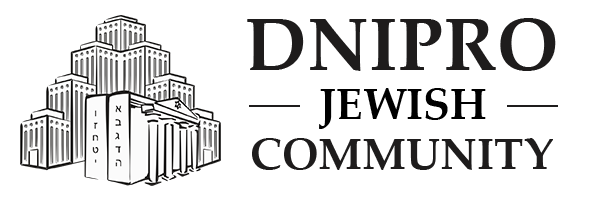11 Cheshvan (this year – November 2) is the anniversary of the passing of Matriarch Rachel. In the Book of Bereishit, Rachel is presented as “one of the matriarchs of the Jewish people.” But in Jewish tradition, she – the second wife of Patriarch Jacob – became a symbol of a mother, specifically a symbol of the Jewish mother mourning the fate of her people, the children of Israel: “Rachel cries for her children and refuses to be comforted” (Jeremiah 31:15).
The Midrash relates that of all the patriarchs and matriarchs, only Rachel succeeded in softening the Almighty’s anger toward Israel. The first information about the burial place of Matriarch Rachel is given in the Torah (Book of Bereishit 35:19): “And Rachel died. And she was buried on the way to Efrat, which is Bethlehem.” Rachel’s tomb is also mentioned in the Book of Samuel I (10:2), where it is stated that Rachel was buried on the border of the territory of the tribe of Benjamin. It is located north of Bethlehem, a few hundred meters from the southern part of modern Jerusalem. For many centuries, it has been a place of pilgrimage for Jews, and whenever the Jewish people are in distress, her mercy is awakened, and it awakens the mercy of the Almighty. Rachel has been pleading with Heaven for the salvation of her sons ever since they first passed into exile by her tomb, and she will not cease to plead until the ancient prophecy of Jeremiah is fulfilled regarding the complete return of the children of Israel, scattered throughout the world, to their land.
A stone structure has been built around the tomb, where her descendants have come to pray throughout the ages. Here – whether seized by personal grief or in times of collective calamity – they poured out their souls before the Almighty, striving to awaken His mercy by reminding Him of Rachel’s merits. Especially many people gather at her tomb on 11 Cheshvan – the anniversary of her passing.
In 1839, the tomb of Rachel was visited by the renowned Jewish philanthropist Moses Montefiore and his wife. They decided to allocate funds for the repair and expansion of the old structure. Permission for construction was obtained from the Turkish sultan. A room was added to the 17th-century building, with usage rights divided by time slots between Jews and Muslims. The structure built by Montefiore has been preserved to this day.
At the beginning of the 21st century, the building was enclosed by a high concrete wall, necessary for the safety of visitors and their protection from hostile Arab residents of the adjacent areas. Inside the building, a synagogue operates where daily prayers are held, and a kollel where Torah study continues around the clock.







